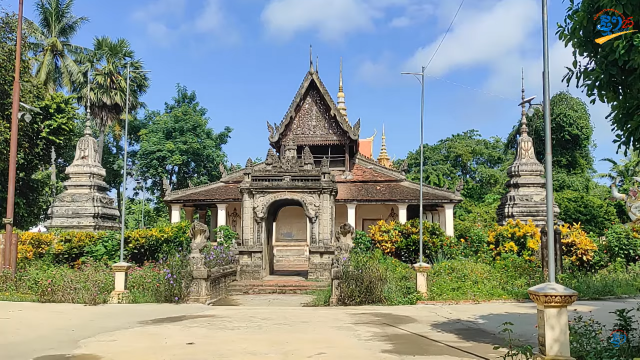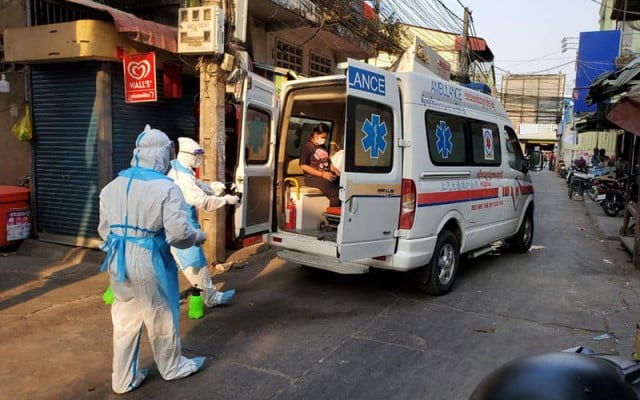Samrong Knong: A 300-Year-Old Pagoda that, for a Short Time, Served as a Prison

- By Nhem Chan
- January 8, 2023 4:00 PM
BATTAMBANG – In Cambodia, centuries-old pagodas and temples are the two prominent landmarks that can frequently be seen throughout the country. Although they look quite different, they actually serve a similar purpose: that of holy locations for believers. With nearly 5,000 pagodas and 7,000 sites of ancient temples, Cambodia remains a country in which religious practices of the past and present, and originating from different beliefs and traditions, continue to be held every year.
Among these temples is Wat Samraong Khnong (or Samraong Khnong pagoda), a 300-year-old monastery with a long and recently bitter history that is located in Battambang province’s Ek Phnom District.
_1673166018.png)
Located in Samraong Khnong village in Samraong Khnong commune, the pagoda founded in 1707 is the embodiment of sacredness as well as superstitions and historical stories. Named after the samrong tree (sterculia foetida), the pagoda was a long time ago the home of a respected religious figure.
According to the documentation prepared by Hout Rabeab from the E-Library of Cambodia and the Buddhist Institute, the oldest building made of bricks and wood with a clay tiled roof that can be seen today was constructed in 1800. At first, the building was entirely made of wood. It is only toward the end of the 19th century—in 1890 to be precise—that the seventh head monk of the pagoda renovated the building, using bricks rather than wood to consolidate the structure.
It should be noted that, although the pagoda has stood on these same premisses for several centuries, the buildings themselves were often rebuilt when the older ones could no longer be used due to different circumstances across generations.
_1673166049.png)
On the pagoda grounds, a brick-and-mortar stupa was erected in a square shape to a height of 20 metres. Four entrances were built at the lower level facing the four intermediate directions while the upper-level entrances were built facing the four main directions. Commissioned in 1887 by the Venerable Teang who was the seventh head monk of the Samrong Knong pagoda, the stupa was meant to house the relics of the former head monks of the monastery.
_1673166087.png)
According to Kim Sophoan, director of the Department of Culture and Fine Arts in Battambang province, the pagoda attracts both national and international tourists who are interested in its history and especially by the fact that a large number of people were kept prisoners and killed on its grounds during the Khmer Rouge regime.
_1673166135.png)
The Samrong Knong pagoda has been included in the restoration projects of the Ministry of Culture and Fine Arts along with many other temples in the region that require a great deal of restoration and preservation. The emergence of the COVID-19 pandemic in 2020 has delayed this needed restoration process.
During the Khmer Rouge regime of April 1975 to January 1979, the pagoda was used to house Khmer Rouge soldiers and also served as a detention area for their victims. Today, 100 graves are on the grounds of the monastery.
Cheng Ousa contributed to this story.















